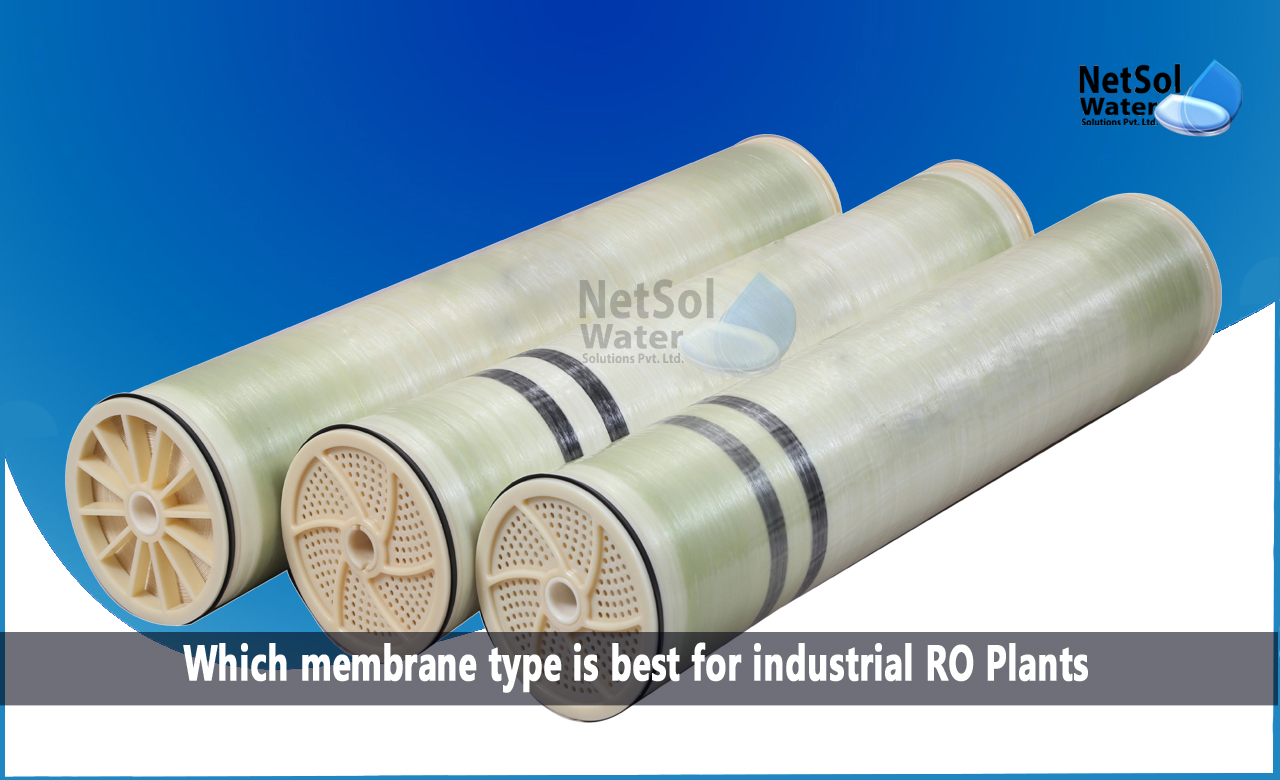Every living thing in the world wants to have access to pure, safe drinking water. Using a RO plant is the best solution in this case. The RO water plant, one of the best water filtration technologies, can deliver clean drinking water. Nonetheless, it is necessary to maintain the various systems installed in a RO plant.
Which membrane type is best for industrial RO Plants?
RO filters and membranes are two of the most crucial ones!
There are many different types of membranes used in industrial RO plants, however, some of them can be employed frequently since they are thought to be the best membranes, for these plants.
Let’s understand which membrane type is best for industrial RO plant!
1: Hollow Fiber Membrane
Hollow fiber makes use of tens of thousands of long, porous filaments that are potted in place inside a PVC shell and range in width from 1-3.5 mm. Each filament is flexible and has a very small diameter. All filtering processes, from industrial reverse osmosis to microfiltration, can benefit from the usage of the hollow fiber.
Working of hollow fiber membrane
Similar to tubular and capillary arrangements, hollow fiber filtering operates by using a tiny tube diameter that promotes flexibility. MBR, RO pretreatment, industrial water/wastewater, juice processing, and biotech applications, are some common uses for hollow fiber membranes.
Advantages of hollow fiber membranes
Due to the narrow strand diameter, they have a very high packing density. Some filter designs are feasible due to the flexibility of the strands, which cannot be accomplished by other filtering systems. They can process feed streams with high total suspended solids, and can be back-flushed from the permeate side and air scoured.
2: Spiral Wound Membrane
Membranes, feed spacers, permeate spacers, and a permeate tube make up spiral-wound membrane. The first step is to spread out a membrane and fold it in half, with the membrane facing inward.
A membrane sandwich is created by sandwiching the feed spacer between the folded membranes. The feed spacer's function is to create room for water to pass between membrane surfaces, and to permit even flow between membrane leaves.
The membrane sandwich created earlier is then attached to the permeate spacer, which is then joined to the permeate tube. Once all of the necessary permeate spacers have been linked to the membranes, the next permeate layer is placed down and sealed with glue. After that, the final membrane layers are wrapped around the tube to form a spiral.
Working of Spiral Wound Membrane
Tangentially across the length of the element, feed moves through the flow channels. Smaller-sized filtrate will then traverse the membrane's surface into the permeate spacer, and go down the permeate spacer toward the permeate tube. At the conclusion of the element body, the remaining feed is then condensed.
Advantages of spiral wound membrane
They can be employed in a wide range of applications since they are available in numerous configurations with various spacers, membrane kinds, lengths, and diameters. The packing density of these elements is much higher than that of plate and frame, tubular, and capillary arrangements.
Spiral membranes also make it simple to clean by doing it right there. In addition, compared to hollow fiber, spiral-wound elements have comparatively low capital and operating expenses, the lowest footprint, and the strongest design that avoids membrane breakdown.
How can we assist?
Netsol Water has found successful and efficient membranes for the operation of industrial RO plants. With the help of hollow fiber membrane and spiral wound membrane, Industrial RO Plant works in the most effective and efficient way.
We are one of the most affordable businesses dedicated to protecting water resources. To discuss your needs, contact us at 9650608473, or send an email to enquiry@netsolwater.com with your inquiry.



